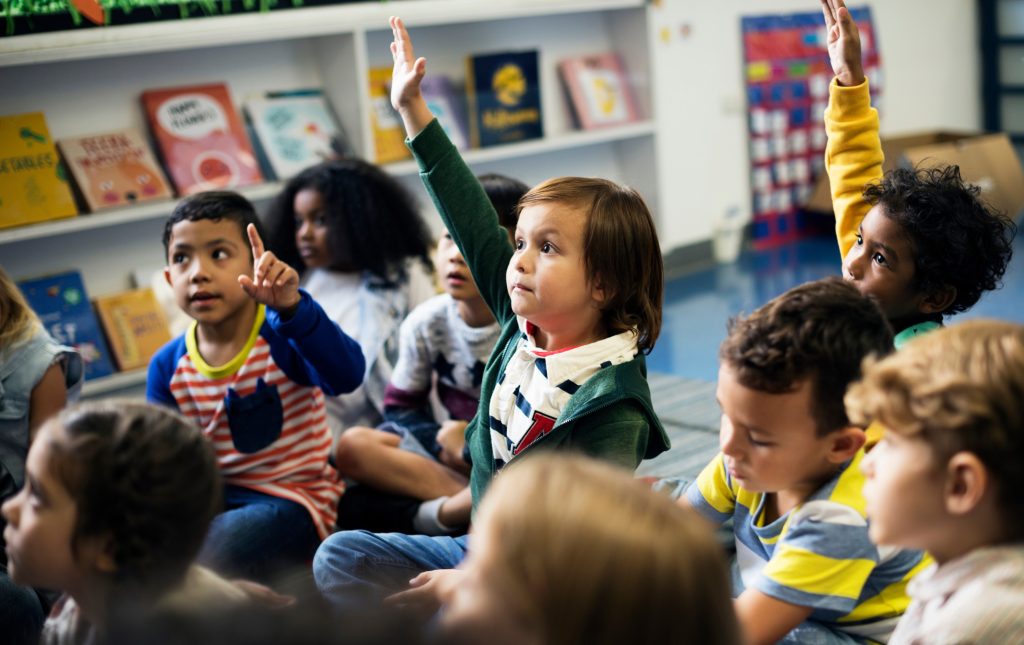A Pennsylvania advocacy group is watching carefully as the Senate ponders House Bill 611, which would provide more funding for basic K-12 and special education, and target more funding to lower-income districts.
Gov. Josh Shapiro’s proposed budget includes an increase of just over $567 million for education, and almost $104 million for special education.
Sharon Ward, senior policy adviser for the Education Law Center, said the House has added about $900 million to what the governor proposed in March. Ward’s group believes the House proposal does a much better job of responding to the needs outlined in the Commonwealth Court decision requiring more equitable school funding.
“That budget includes about $750 million, roughly, in basic education, which is our formula grant program,” Ward explained. “And it includes $225 million in ‘Level Up.'”
Ward pointed out funding for the Level Up program was not in the governor’s budget. It is a funding stream to help schools in the lowest-income districts in the state. The new House budget also includes money to build or renovate school facilities. Opponents claim the larger House proposal would eventually increase taxes and deplete the rainy-day fund and other reserves in less than five years.
Ward noted the House budget is sitting in the Senate awaiting a vote, which should happen within the next two weeks. The budget has a June 30 deadline.
“We’d love to see the Senate pass the House’s budget,” Ward emphasized. “We think it’s reasonable. We think it’s affordable. And we think it is an important step towards ensuring that school kids don’t have to continue to wait to get what they need in order to be successful.”
Ward added she believes most parents in Pennsylvania want the state to pay for its fair share of education funding, but the Commonwealth ranks low for school spending. The current system also relies heavily on local property taxes, which disproportionately affects students in lower-income districts.




